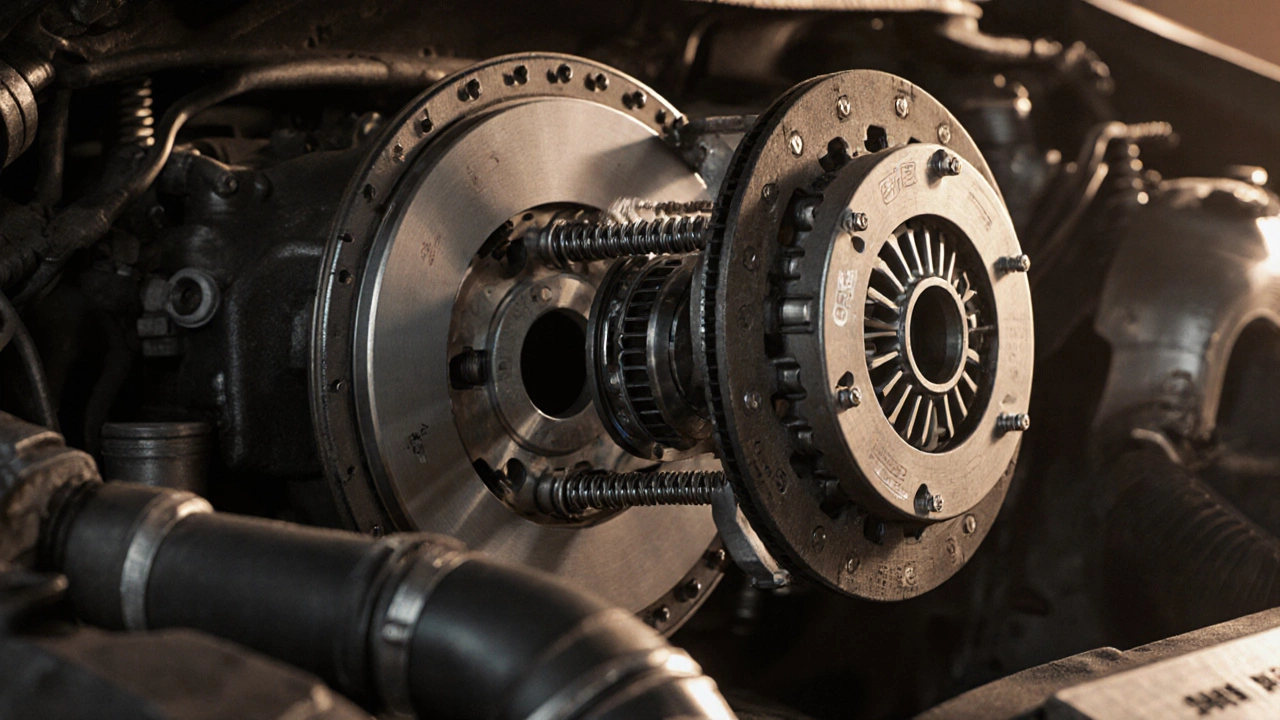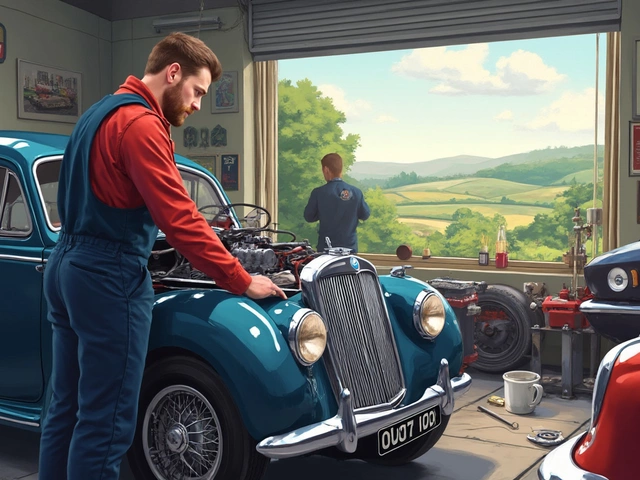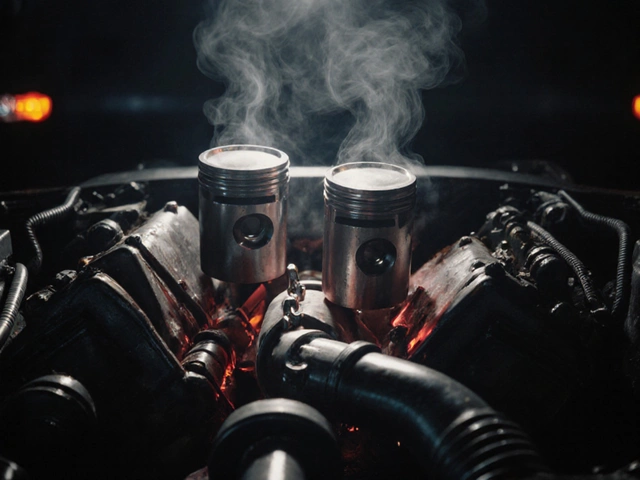Clutch Performance: How to Get the Most Out of Your Manual
Ever feel like your gear shifts are dragging or the engine stalls when you let go of the pedal? That’s often a clutch performance issue. The good news is you can tell what’s wrong, fix it yourself in some cases, and know when to call a professional.
Spot the Signs Before the Clutch Fails
First, listen and feel. A burning smell, slipping gears, or a hard-to‑press pedal are red flags. If the car jumps gears without you touching the lever, the clutch plates are probably worn out. Also watch your mileage: most clutches last between 60,000 and 100,000 miles, but aggressive driving can cut that in half.
Testing is easy. With the engine off, press the pedal and try to move the car in gear. If it rolls, the clutch isn’t fully engaging. That’s a sign you need a closer look, maybe a new friction disc.
Upgrade Options for Better Performance
If you love track days or just want a smoother daily drive, a Stage 2 clutch kit is a popular upgrade. It uses a stronger pressure plate and higher‑friction material, giving quicker engagement and more torque handling. The kit isn’t cheap—prices range from £300 to £600 plus labor—but the performance gain is noticeable.
For those on a tighter budget, a performance‑grade friction disc can be swapped in place of the stock part. It’s cheaper than a full kit and still improves bite and durability. Just remember, a stronger clutch can be harsher on the rest of the transmission, so keep an eye on synchro wear.
Another simple tip: keep the clutch fluid clean and at the right level. Old fluid can make the pedal feel spongy, reducing performance even if the metal parts are fine.
When it comes to cost, a standard clutch replacement (disc, pressure plate, release bearing) averages £400‑£800 with labor in most UK shops. If you need a performance kit, add another £200‑£400. Shopping around or checking for local promotions can shave off a few hundred pounds.If you’re comfortable with tools, you can replace the clutch yourself. The job involves removing the transmission, which takes about 4‑6 hours. Make sure you have a torque wrench, a set of sockets, and a firm work surface. Many DIY guides walk you through each bolt, and the payoff is a big saving on labor.
But safety comes first. If the car feels unstable, the pedal sticks, or you notice unusual noises after a DIY fix, stop driving and let a professional inspect it. A mis‑aligned clutch can damage the flywheel or even the gearbox.
Finally, routine maintenance helps keep performance high. Change the clutch fluid every 30,000 miles, avoid riding the clutch on hills, and shift smoothly. These habits extend the life of both stock and upgraded clutches.
Bottom line: Knowing the signs, choosing the right upgrade, and staying on top of fluid changes can keep your clutch performing at its best. Whether you’re chasing lap times or just want a hassle‑free drive, a little attention goes a long way.
 25 October 2025
25 October 2025
Does a clutch kit really improve performance?
Explore how a clutch kit impacts performance, durability, and driving feel. Learn types, when to upgrade, installation tips, and common pitfalls in 2025.
 30 March 2025
30 March 2025
Testing Your Clutch: Simple Steps to Know It’s Working Right
Wondering if your car's clutch is in top shape? This guide breaks down easy steps to test your clutch right at home. Learn warning signs, practical tests, and maintenance tips to ensure your clutch keeps your ride smooth and safe. Get the insights you need without the technical jargon.






0